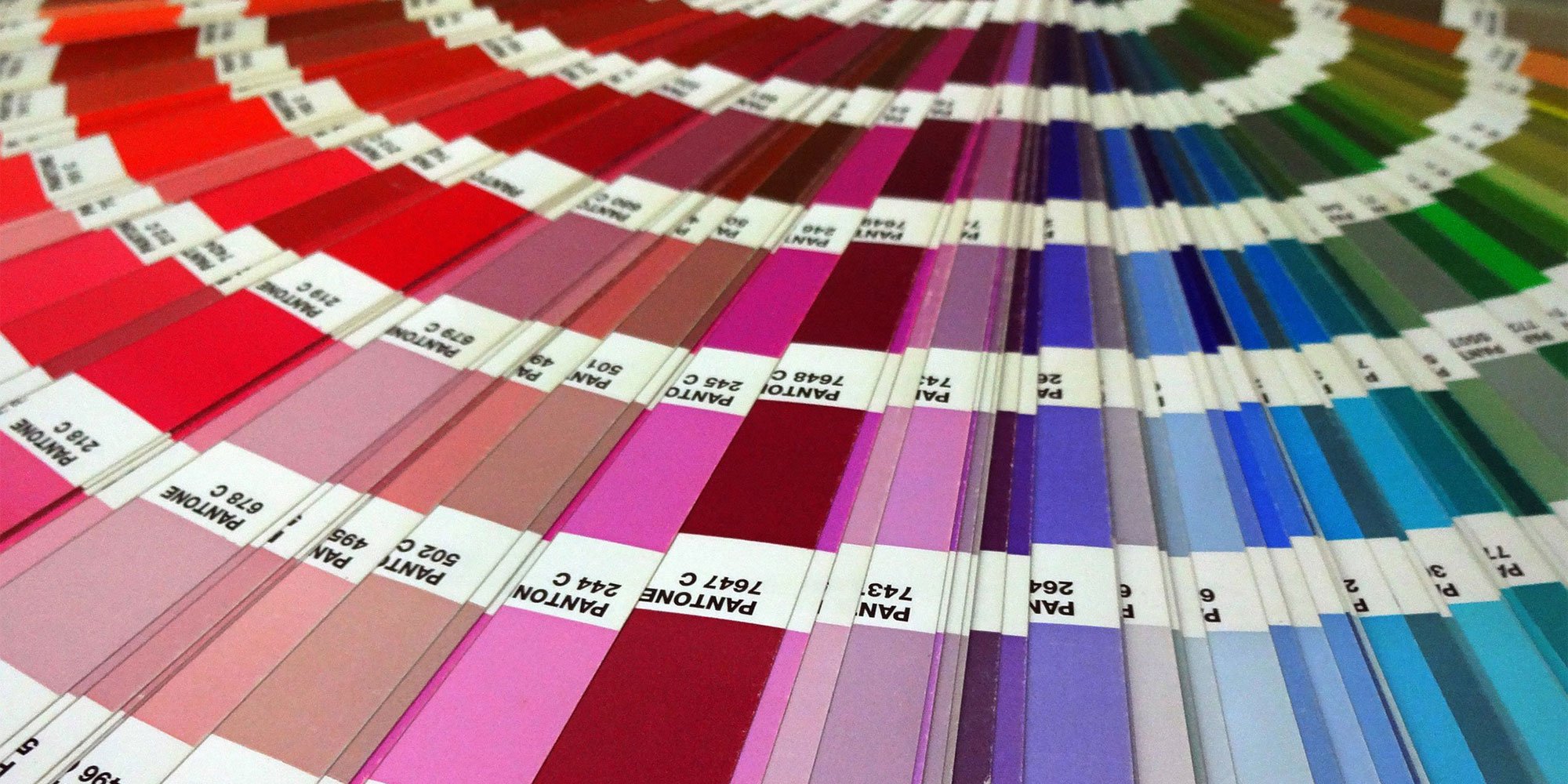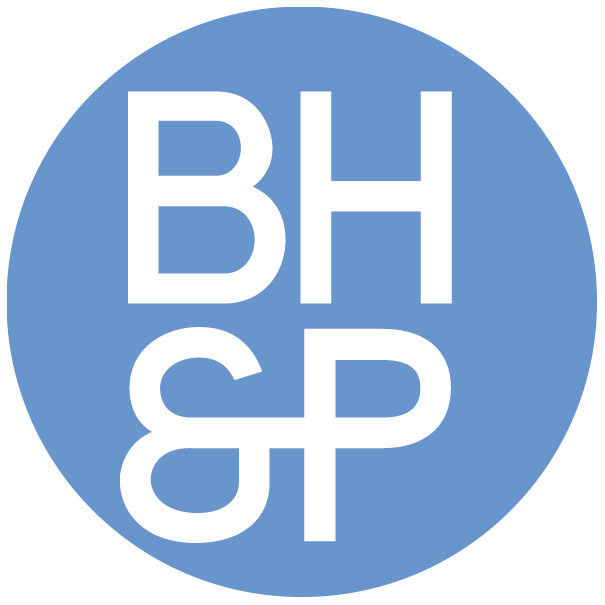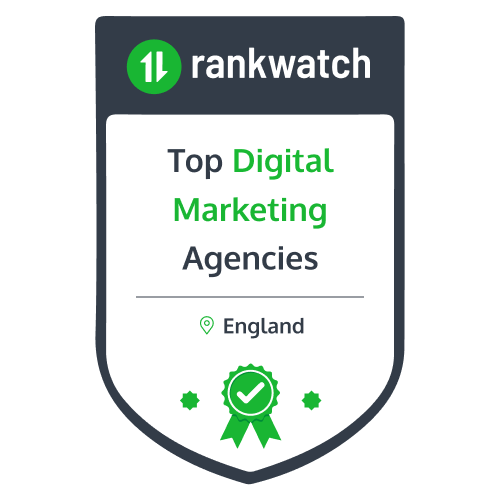
How to use Brand Colours to Help your Business Grow
Why it's Important to Avoid Colour Clutter
Colour is one of the most important elements when it comes to brand development.
It has the power to influence how people feel, think and behave, and can become one of the most recognisable aspects of a brand’s identity.

The strength of our reaction when it comes to colour allows marketers to strategically influence consumer emotions. This can have a huge impact on the way people behave in relation to their brand.
Colour psychology can help suggest what colours you may want to consider for your brand. Want to create a brand that is trustworthy and dependable? Then you may consider blue. If your brand is associated with health or the environment, green could be an option. If you want your brand to be considered happy, fun and friendly, then orange could be the way forward.
These basic connotations of colour can be a helpful starting point - but it’s a very broad way of categorising associations, and widely overused. There are many other factors that you need to take into account.
Colour is Personal
The colour red is often associated with power, energy, passion and danger. Just because a brand is green, does that mean they can’t also create these associations? I can think of something that’s very powerful and dangerous and is green.
The Hulk.
In practical terms, there are many ways you can bring out various elements of personality and associations with clever use of colour.
Take BH&P’s brand colours for example. We use a sea green, which has associations with inspiration, creativity, confidence, and a dark red which represents determination, passion and ambition. These colours are professional and help build a positive statement about our agency. And on our website, we support this with a “hero” video that uses predominantly soft, sepia tones.
However, we have one other colour we use in presentations in particular. A bright and strong contrasting yellow. Thinking about how these colours would sit together, you probably think that it wouldn’t work, but actually this injection of colour adds associations of enthusiasm, optimism, innovation and curiosity, and really allows us to highlight key information in a more creative and inspirational way.
The Industry Stereotypes
Towergate insurance produced an infographic that analysed 520 company logos to investigate which colours are used within certain industries. Interestingly, many industries appear to have a few prominent colours that brands favour. Overall, blue and red appear to be industry winners.

But do brands simply go for the easy option and follow what has worked before? Maybe it’s time for brands to challenge industry norms and use their colours to really make themselves stand out.
Take Airlines, for example. The most used colours in the industry are blue and red. Blue is associated with reliability, dependability and trust. Red is associated with power, energy, dedication and determination. Yes, these are positive associations which the airlines want to be known for, but that doesn’t mean other colours aren’t suited to the industry. If you were to think of a blue airline, you could list British Airways, Ryanair and Air France.
For red airlines, you may think of TUI, Virgin, Qantas and Emirates.
However, if you were to think of an orange airline, there’s just one brand that comes to mind. EasyJet.
EasyJet have managed to stand out by choosing a brand colour that is less prominent within the industry. A colour that is full of optimism, enthusiasm, fun and friendliness. I’m sure passengers who fly with EasyJet must trust the airline otherwise they wouldn’t choose to fly. Choosing colours that are less used within an industry can leverage your brand and help you stand out.

Take a look at the other industries on the infographic and you will see that that there’s little variation in colours used. Maybe your brand can find a colour that it can completely own within your sector. This will really help with visual differentiation.
Colour in Practice
In our work with clients, we really think about how a brand is going to sit within the industry. With stayenergysafe for example, we had to look at the energy industry, which is very competitive and filled with very well-known brands. Although stayenergysafe is an energy theft reporting service, it’s operating in an industry that is already full of predetermined associations, and will compete for share of voice with the energy companies on social media and other digital channels.
According to the Towergate infographic, the electrical utilities industry is made up mostly of blue, green and red, and the gas and oil industry is also blue and red.
Looking at the big six energy companies in the UK and their logos, there’s a significant use of blue, a smattering of green, a splash of red and a smidge of orange and yellow. And almost universally, the colours are bright, primary tones.

Just looking at the three most popular colours, the use of blue is trying to build trust and create associations of being an expert in the energy industry. The use of green builds on the image of energy, power and stability, whilst hinting at environmental friendliness, and the red is strong and energising.
But there are two fundamental problems with this:
-
People simply don’t believe that energy companies have their best interests at heart. They feel that energy bills are too expensive, and constantly rising; and
-
All the brands are screaming for the same associations with very little differentiation. They have totally undervalued colour as a tool. They’re now going to have to rely on other aspects beyond their branding to influence consumers into choosing their company.
Some of the newer energy companies that are disrupting the industry have chosen to stick with this traditional colour palette, perhaps to communicate trust and scale. And the more environmentally friendly suppliers have mostly chosen the colour green.
But the real disruptors are introducing new colours, and a “new energy” palette is emerging, comprising mostly zingy, fresh colours like aqua, pink, apricot and lime green.

This is where stayenergysafe has used colour to stand out. Using pastel tones of teal and yellow, the logo colour is much softer than the industry norm dictates. This allows the brand to stand out against the strong, bold and bright colours in the industry. The teal exudes trustworthiness and reliability, and the yellow adds a highlight designed to give a feeling of caution, supporting the service's message about the dangers of energy theft.
With clever use of colour, you really can stand out in an already cluttered market.

How to Make a Change
This method of looking at industry colour patterns, and finding a way to differentiate yourself using colour, can influence behaviour and attitudes towards your brand.
When choosing brand colours, you may want to start by thinking about what judgements you want people to make about your brand and what feelings you would like to encourage. Think about your brand personality, using psychology as a starting point - but don’t be scared to have fun with colour. This is your opportunity to avoid the “colour clutter” in your industry. Refuse to blend in. Make consumers think of you first, and then earn their loyalty by meeting the expectations you’ve shaped.
Although we suggest using different colours to leverage your brand, this doesn’t mean you can’t choose reds and blues, for example. But do it consciously, acknowledging why you are doing it. If you are trying to gain trust and credibility in contrast with established market leaders, for example, aligning your brand with those trusted brands in your sector can sometimes be a good thing. This is especially true when you need to influence corporate buyers, or where there is a long sales cycle.
The point is that colour is a very important tool in your armoury. Use it wisely.
It’s not just about your logo, but about the way your brand in its entirety is presented. And where you don’t have the opportunity to evolve the logo, think instead about other ways to use colour to your advantage.
At BH&P, for example, we love to zig where others zag. Our new office will have shades of pink and soft teal, soft corners and plants, whilst the other creative businesses in our building have mostly used bold colours and typography. We’re being bold, by not being bold - avoiding bright colours and sharp corners, and creating an environment where we want to work, and that invites others into our little world.
There’s a huge opportunity to give your brand the chance to stand out by using colour as a competitive tool.
Of course, there are other brand tools to consider – from your business model, mission and vision, to details such as shape, image style, fonts, straplines and tone of voice.
But never underestimate the power of colour. It can influence how people think, and ultimately affect how they behave. The power of colour is in your hands.
BLOG
|4 MIN READ
BLOG
|3 MIN READ
BLOG
|5 MIN READ
BLOG
|4 MIN READ
BLOG
|2 MIN READ
BLOG
|4 MIN READ
Sign Up



